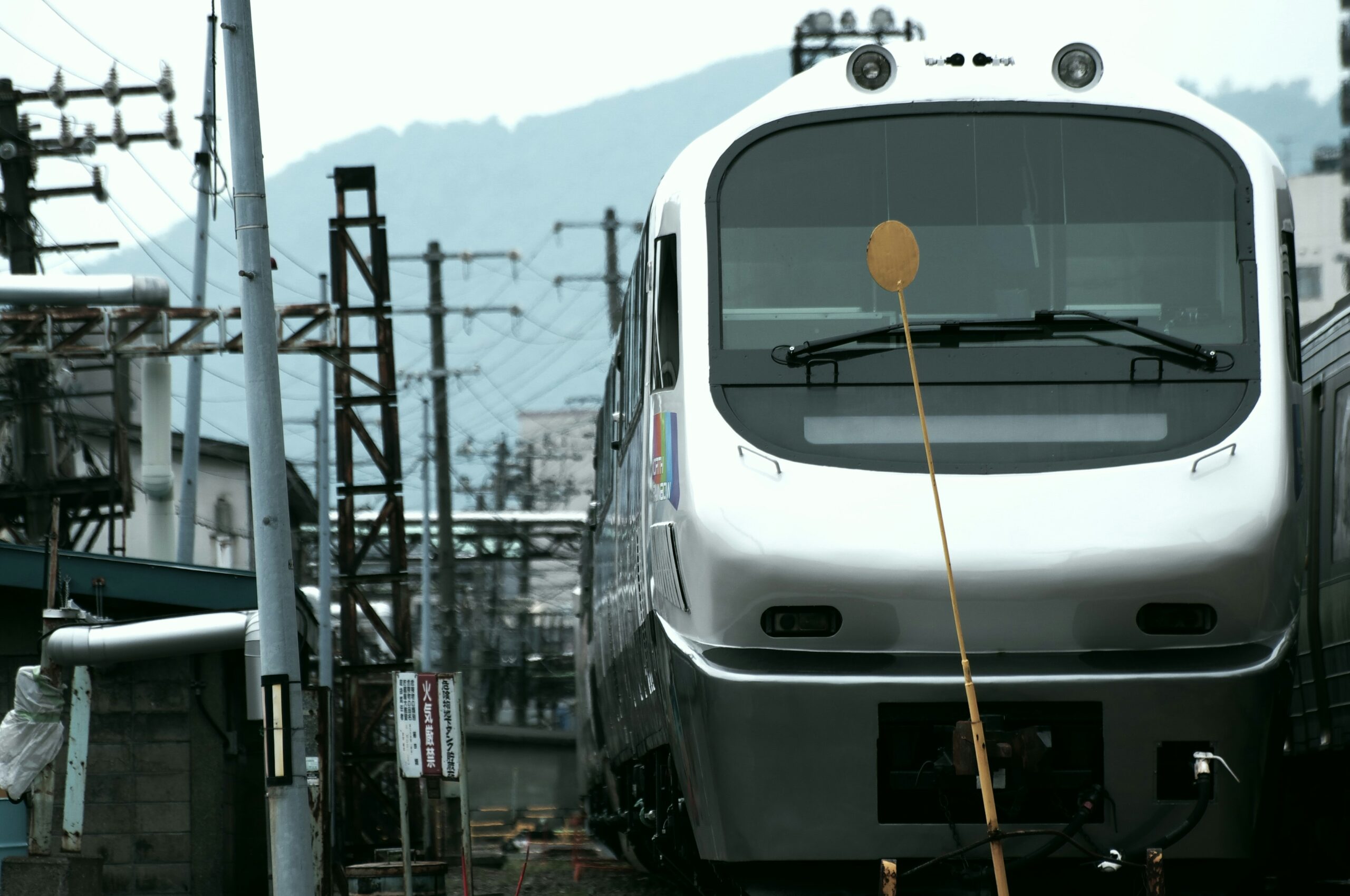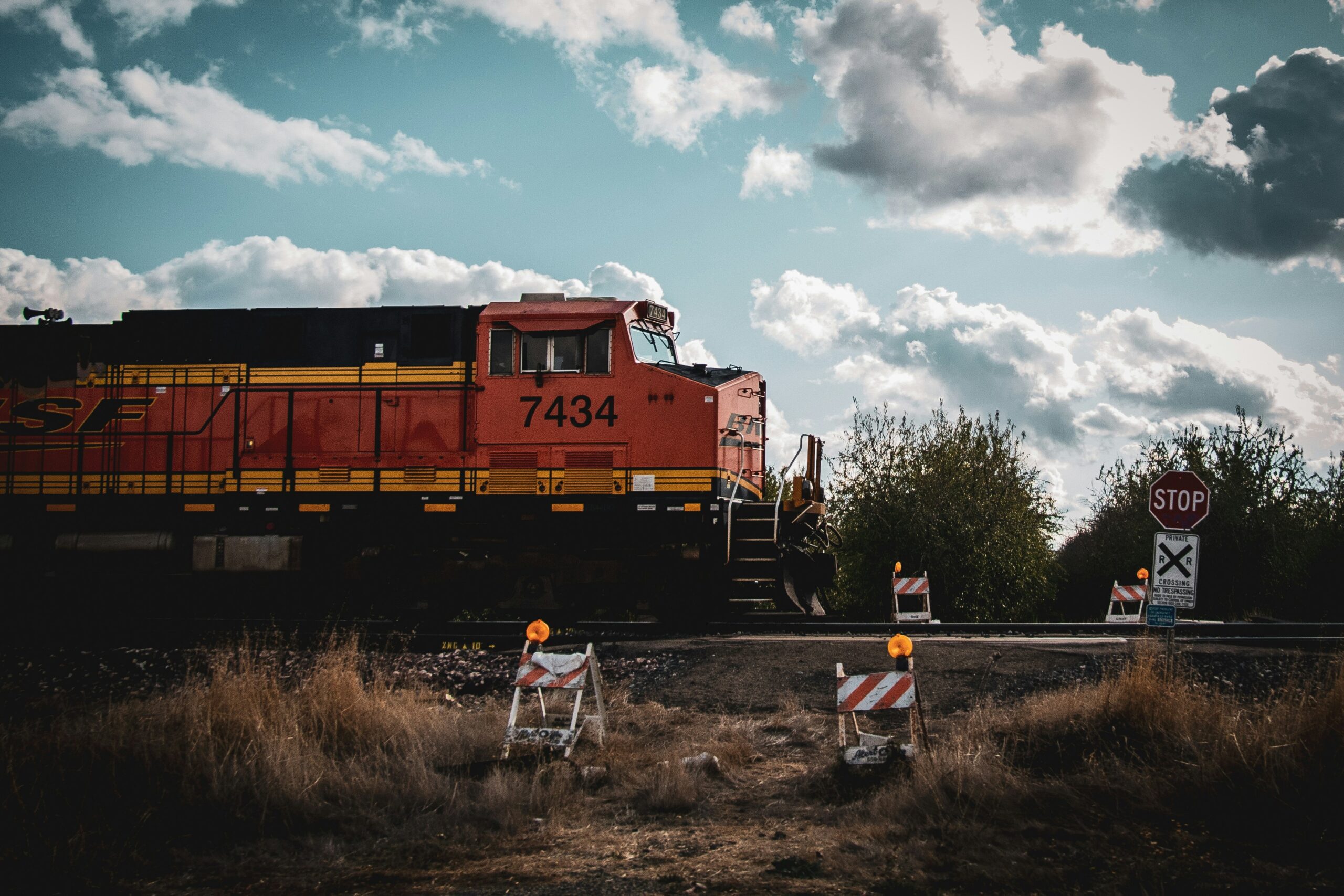Rethinking Truck-Rail Intermodal Transport
Truck-rail intermodal transport, while highly advantageous in many economic and environmental ways, faces headwinds limiting its further growth, notwithstanding the tens of billions of dollars US railroads have spent on new infrastructure and equipment directly connected to intermodal operations.
The disadvantages of rail-only and truck-only shipping are obvious. Most points of origin and destination for freight shipments are not on rail lines, so some trucking from and to those points necessarily adds to the cost and time of rail shipping while cost and environmental concerns significantly disadvantage trucking only, versus rail shipping.
Per mile per ton of freight, shipping by truck costs over four time the cost of shipping by rail and creates significantly more atmospheric pollutants and greenhouse gas emissions. According to one American Association of Railroads, if just 10 % of the freight that moves by Class 7 or Class 8 (the largest) trucks) moved by rail instead, fuel savings would be more than 1.5 billion gallons per year and annual greenhouse gas emissions would fall by more than 17 million tons- equivalent to removing around 3.2 million cars from the highways for a year or planting 400 million trees.


The anticipated conversion of trucks, and even trains, from fossil fuels to electrical drives should positively impact both the economics and the environmental footprint of both modes of shipping, but the disparity in efficiency of rail versus truck transport will still be manifested if and when non-fossil fueled vehicles become more common.

Autonomous Road Rail (AUTORR) vehicles would facilitate the marriage of road and rail transport to capitalize on the advantages of both rail and highway travel.